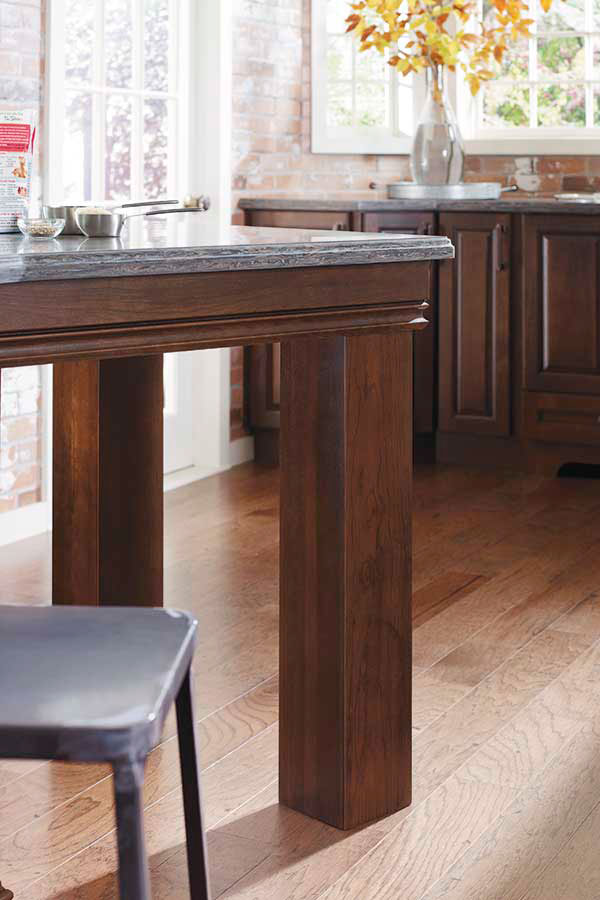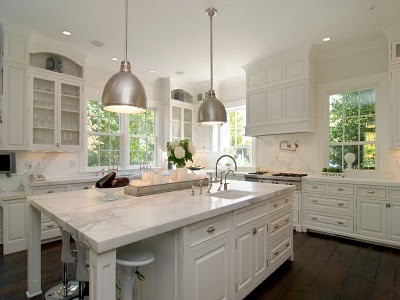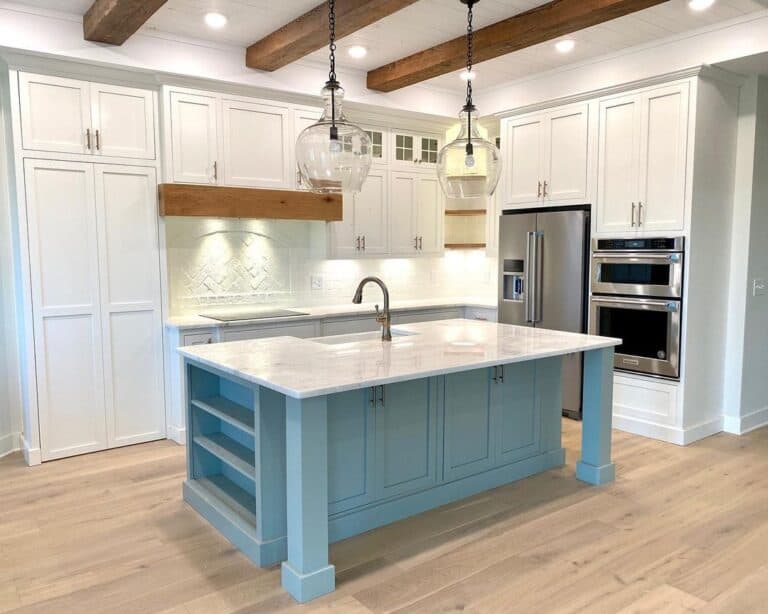Make Your Kitchen Island Stick Out with Custom Legs For Kitchen Island
Essential Factors to Consider When Selecting Legs For Kitchen Island
Choosing the appropriate legs for a cooking area island involves a mindful evaluation of numerous elements that can dramatically influence both capability and aesthetic charm. As we explore these aspects, it comes to be clear that each decision can have far-ranging implications for the general cooking area experience.
Material Options
When choosing legs for a kitchen island, comprehending the numerous material choices is crucial for achieving both visual allure and structural stability (Legs For Kitchen Island). The selection of product considerably affects not just the durability of the island but likewise its total design and functionality
Metal legs, typically made from stainless steel or wrought iron, contribute a contemporary and industrial feel while ensuring resilience and stability. These materials are immune to put on and can sustain significant weight, making them excellent for bigger islands.
One more choice is engineered materials, like MDF or plywood, which can be more cost-effective while still offering an array of coatings. They might not offer the same degree of security as solid timber or metal. Legs For Kitchen Island. Last but not least, products such as acrylic or glass can produce a contemporary appearance, though they might need additional assistance to make sure stability.
Eventually, the selection of product for kitchen area island legs should straighten with the preferred functionality and the total style of the kitchen.
Design And Style

When considering style, the shape and finish of the legs are crucial. Tapered legs can supply a feeling of agility and sophistication, while thicker, extra durable legs can share toughness and security. In addition, the coating-- be it repainted, tarnished, or all-natural-- need to enhance the kitchen cabinetry and kitchen counter products to create a unified look.
Moreover, the design of the legs can also reflect personal taste. Custom or decorative legs, such as those including detailed makings or one-of-a-kind geometric forms, can act as prime focus, adding character and personality to the kitchen. Inevitably, the appropriate selection will certainly not only enhance functionality but also boost the visual charm, making the kitchen island a standout attribute of the home.
Elevation Considerations
Selecting the appropriate elevation for cooking area island legs is critical, as it straight affects both functionality and convenience. The typical elevation for a kitchen area island generally varies from 36 to 42 inches, lining up with usual countertop elevations. A 36-inch height is excellent for food preparation and food preparation, enabling for comfy use of kitchen devices and tools. Alternatively, a height of 42 inches is often liked for islands intended for bar seats, accommodating taller feceses and offering an informal dining experience.

It is additionally necessary to represent users' elevations and choices. Personalizing the height can ensure a comfy experience for all family participants, making the cooking area island a much more practical and enjoyable room.
Weight Support
Ensuring ample weight support for cooking area island legs is crucial for both safety and capability. The kitchen island usually offers multiple functions, including cooking, dining, and extra storage, requiring a durable support framework. When selecting site legs, it is critical to think about the total weight capacity called for based on the island's meant usage and the materials that will certainly be put on it.
The option of product for the legs plays a considerable duty in their weight-bearing capabilities. Strong timber, metal, and durable compounds typically give exceptional stamina contrasted to lighter materials. Furthermore, the layout of the legs-- whether they are straight, tapered, or have a pedestal type-- can affect their ability to distribute weight efficiently throughout the framework.
Constantly consult the manufacturer's specifications concerning tons limitations to guarantee that the legs can sustain the designated weight without jeopardizing security. In summary, selecting kitchen island legs with adequate weight assistance is crucial for developing a secure and useful culinary space.
Installment and Upkeep
Appropriate setup and maintenance of kitchen island legs are critical for making certain long life and stability. To i loved this begin, it is necessary to adhere to the maker's guidelines during installment. This commonly includes securing the legs to the space station utilizing suitable bolts, making sure that the legs are level and aligned. Making use of a level tool can aid stop find this wobbling and boost the general visual charm of the kitchen island.
As soon as installed, normal maintenance is needed to preserve the stability and appearance of the legs - Legs For Kitchen Island. For wooden legs, routine cleaning with a moist cloth and application of appropriate timber gloss can stop dampness damage and preserve their coating. Metal legs might call for a gentle cleansing remedy to eliminate oil and crud, followed by a completely dry towel to avoid corrosion development
In addition, inspect the legs on a regular basis for indicators of wear or damages, such as cracks or loose joints. Tightening screws or bolts as needed can likewise extend the life-span of the legs. By sticking to these installment and upkeep techniques, homeowners can guarantee that their kitchen area island stays durable and visually appealing for many years to find.
Final Thought

Aesthetic comprehensibility is extremely important in selecting the style and style of legs for a cooking area island, as these elements significantly affect the overall atmosphere of the room. Conical legs can provide a sense of lightness and elegance, while thicker, a lot more durable legs can share toughness and stability.Choosing the suitable height for kitchen area island legs is critical, as it straight impacts both functionality and comfort. In summary, selecting kitchen area island legs with sufficient weight support is necessary for developing a useful and secure cooking room.
In verdict, picking legs for a cooking area island demands mindful factor to consider of numerous aspects, consisting of material choices, style, height, weight support, and installment.